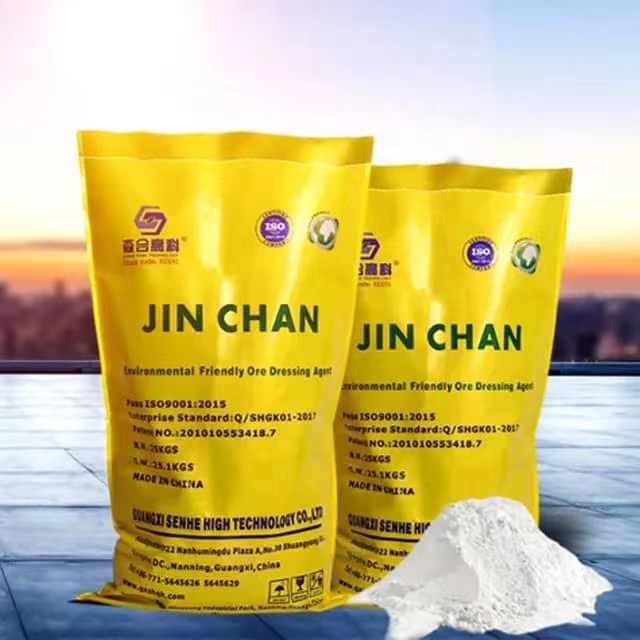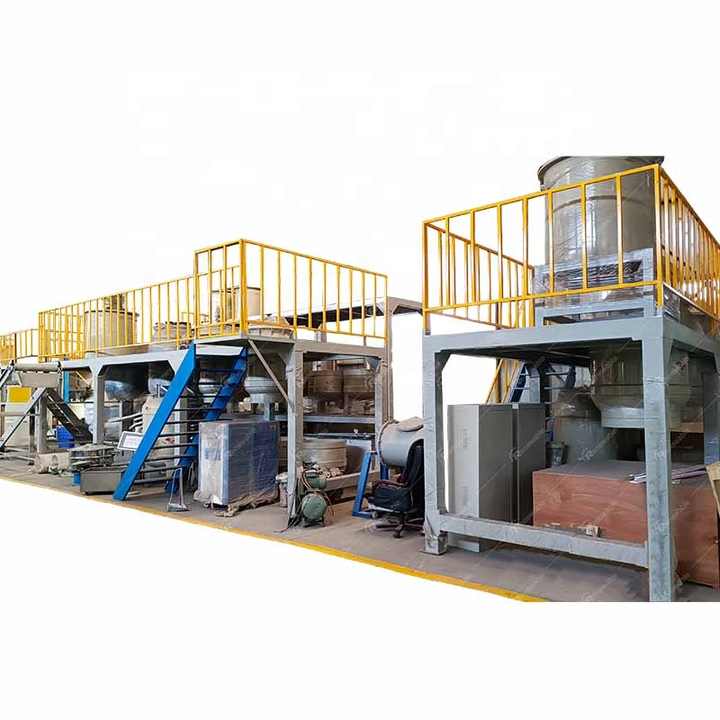quality gold refining
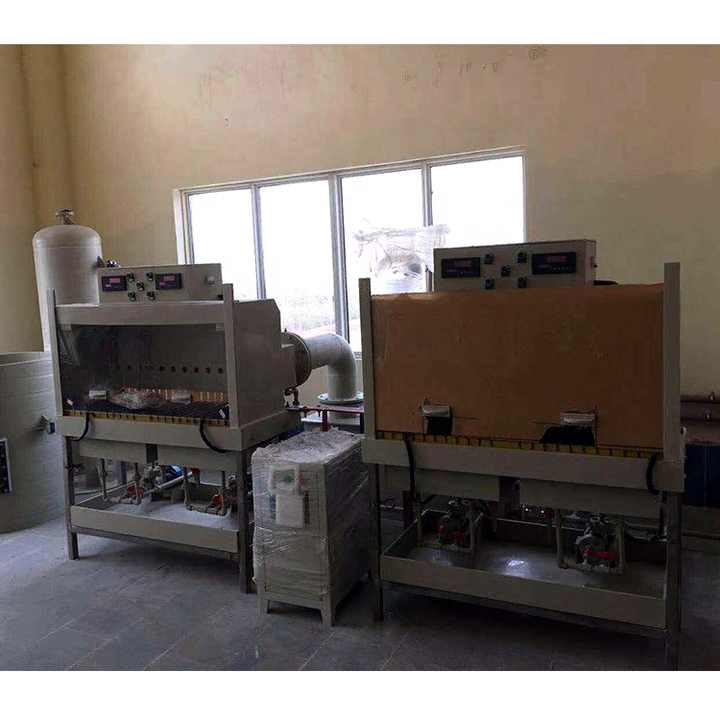
Quality Gold Refining: Ensuring Purity and Value
Gold refining is a crucial process in the gold industry, transforming raw gold into high-purity bullion or jewelry. The quality of gold refining is essential not only for maximizing value but also for maintaining the integrity of the gold supply chain. This article explores the importance of quality gold refining, the processes involved, and the factors that contribute to achieving high standards.
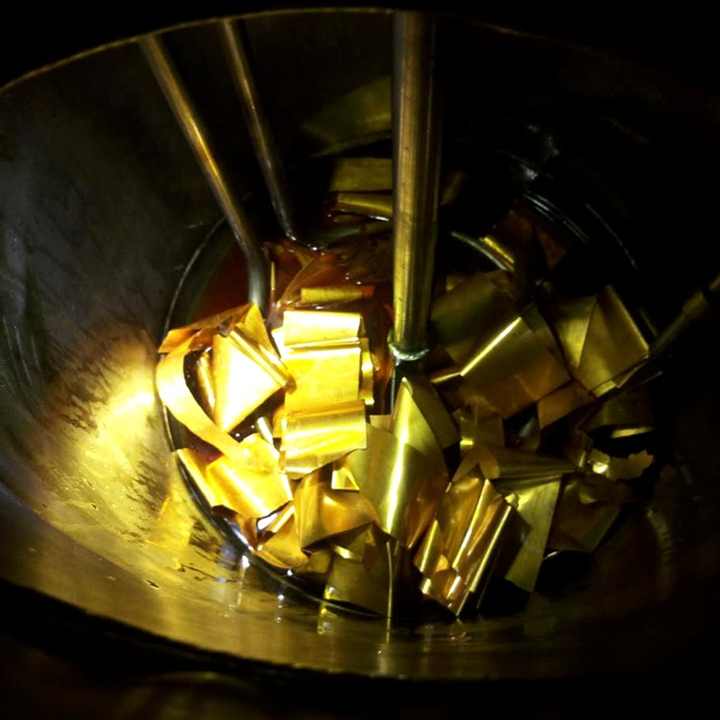
Understanding Gold Refining
Gold refining is the process of separating gold from impurities and other metals. It involves several stages, from the initial collection of gold-bearing materials to the final production of refined gold bars or grains. Quality in gold refining refers to the purity of the final product, often measured in karats or fineness, with 24 karats representing pure gold.
The Importance of Quality in Gold Refining
Maximizing Value
High-quality gold refining ensures that the maximum value is extracted from gold materials. Impurities can significantly lower the market value of gold, so refining processes aim to minimize these impurities to enhance profitability. For jewelers and investors, the purity of gold is crucial in determining its price and marketability.
Trust and Transparency
Quality gold refining processes build trust between refiners, suppliers, and customers. When refiners use established and reliable methods to ensure high purity, it fosters confidence in the gold supply chain. This transparency is vital for both individual consumers and larger businesses in the gold market.
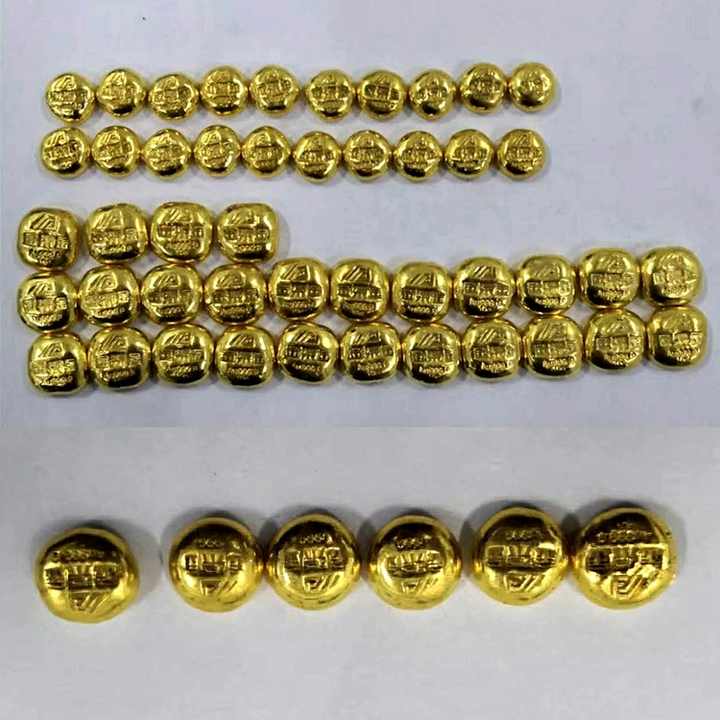
Processes Involved in Quality Gold Refining
Fire Assay Method
The fire assay method is one of the oldest and most reliable techniques for determining the gold content in ore. This process involves:
- Sample Preparation: The gold-bearing material is crushed and mixed with fluxes.
- Firing: The mixture is heated in a furnace, causing the gold to separate from impurities.
- Separation and Weighing: The molten gold is collected and weighed to determine purity.
This method is renowned for its accuracy and is often used as a benchmark in the gold refining industry.
Electrolytic Refining
Electrolytic refining is a modern and efficient method for achieving high purity levels in gold. The process involves:
- Preparation of an Electrolyte: A solution containing gold ions is prepared.
- Electrolysis: An electric current is passed through the solution, allowing gold ions to deposit onto a cathode, resulting in high-purity gold.
- Recovery of Impurities: Impurities remain in the solution, ensuring that the final product is of exceptional quality.
Factors Influencing Quality Gold Refining
Equipment and Technology
The choice of equipment and refining technology significantly impacts the quality of the refining process. Modern refining facilities utilize advanced technology, such as induction furnaces and automated systems, to ensure precise temperature control and optimal refining conditions.
Skilled Personnel
The expertise of the personnel involved in the refining process is equally important. Trained and experienced professionals can make critical decisions during refining, ensuring that processes are carried out efficiently and effectively.
Compliance with Standards
Adhering to industry standards and regulations is vital for quality gold refining. Organizations that follow best practices and are certified by relevant bodies are more likely to produce high-quality refined gold. Compliance not only ensures quality but also enhances the reputation of the refining operation.
Quality gold refining is essential for maximizing value, building trust, and ensuring the integrity of the gold market. Through methods such as fire assay and electrolytic refining, coupled with advanced technology and skilled personnel, refiners can achieve high standards of purity. As the demand for high-quality gold continues to grow, investing in quality refining processes will remain a priority for industry players. Ultimately, the commitment to quality in gold refining benefits not only refiners but also consumers and investors, fostering a more reliable and valuable gold market.










